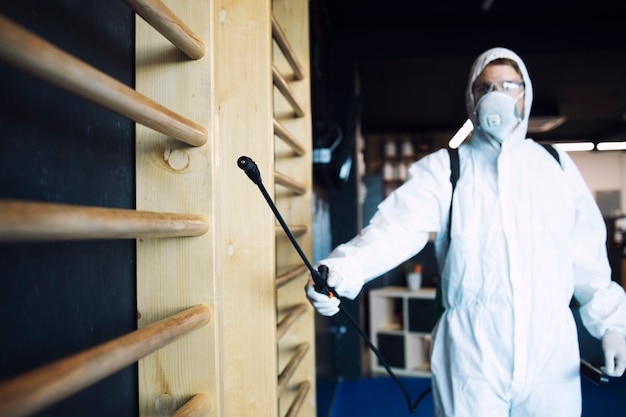
Fast Mold Damage Removal Solutions
Mold damage can be a persistent and potentially hazardous issue in both residential and commercial properties. Quick and effective mold damage removal is crucial to prevent further deterioration and health risks. Mold thrives in damp and humid environments, and if left unchecked, it can lead to significant structural damage and health concerns such as allergies and respiratory problems. Understanding the solutions for fast mold damage removal can help individuals safeguard their properties and well-being.
Understanding Mold Infestation
Mold infestation occurs when mold spores land on a wet or damp surface and begin to grow. Recognizing the signs of mold infestation early is key to preventing extensive damage.
- Visible growth on walls, ceilings, or other surfaces.
- Musty odors that persist in certain areas.
- Discoloration or staining on surfaces.
- Increased allergy symptoms among inhabitants.
Identifying these signs promptly can lead to quicker and more effective remediation efforts. Find additional information here.
Steps for Fast Mold Damage Removal
1. Assess the Situation
Before initiating any removal process, it's essential to assess the extent of the mold damage. This involves:
- Inspecting the affected areas to determine the scope of the infestation.
- Identifying the type of mold present, as some types are more harmful than others.
- Evaluating the underlying causes, such as leaks or high humidity, to address them effectively.
Read more about this topic here.
2. Containment and Ventilation
Containing the mold-infested area is crucial to prevent spores from spreading to other parts of the property. This can be achieved by:
- Sealing off the affected area using plastic sheeting and tape.
- Ensuring proper ventilation to reduce humidity levels.
Learn more in this detailed guide on effective containment techniques here.
3. Removing Mold-Infested Materials
In some cases, materials that are heavily infested with mold need to be removed and disposed of. This involves:
- Carefully removing and sealing mold-infested materials in plastic bags.
- Disposing of the materials according to local regulations.
Explore further insights here for safe removal practices.
4. Cleaning and Disinfecting
Once the mold-infested materials have been removed, cleaning and disinfecting the area is essential to eliminate any remaining spores. This process includes:
- Using appropriate cleaning agents and disinfectants.
- Scrubbing surfaces thoroughly to remove all visible mold.
- Ensuring the area is dried completely to prevent recurrence.
Find additional information about cleaning techniques here.
Preventing Future Mold Growth
After mold removal, preventing future growth is crucial. Implementing the following strategies can help maintain a mold-free environment:
- Fix leaks and water damage promptly.
- Maintain low indoor humidity levels using dehumidifiers.
- Ensure proper ventilation in high-moisture areas such as bathrooms and kitchens.
- Regularly inspect and clean areas prone to mold growth.
Learn more about prevention strategies by visiting this detailed guide.
Conclusion
Fast mold damage removal is critical for protecting both property and health. By understanding the signs of mold infestation, taking swift action to remove it, and implementing preventive measures, individuals can effectively manage mold issues. Staying informed and vigilant is key to maintaining a safe and healthy environment. For comprehensive guidance on mold removal and prevention, explore further insights here.